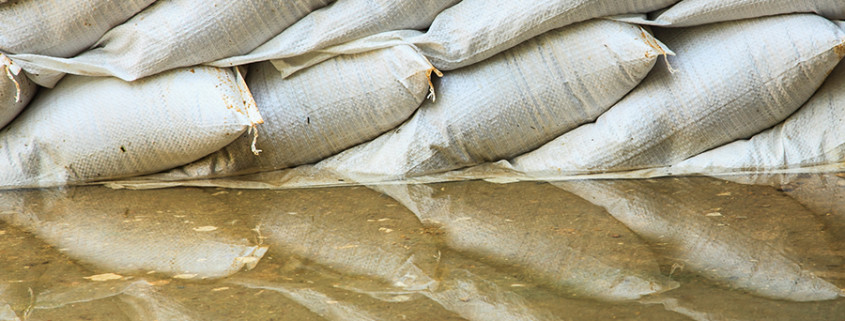Are ‘inadequate’ flood-hazard maps impacting your business?
The flood-hazard maps currently available for Calgary are inadequate, according to a recent Calgary Herald article. Hundreds of properties outside of the designated 1/100 year flood plain were impacted during the Alberta flood event of 2013. Canada experienced the costliest and third-costliest disasters in Canadian history within two weeks of each other in 2013. This past summer has also seen its share of flooding. The Insurance Bureau of Canada (IBC) estimated insured damage from summer flooding in the Prairies at $60 million.
The Institute for Catastrophic Loss Reduction (ICLR) advocates for the implementation of the recommendations made from the Alberta provincial report “Provincial Flood Mitigation Report: Consultation and Recommendation.” Flood risk maps are needed to identify urban flood risk areas.
Effective Disaster Risk Management for Insurance Companies
Disaster risk management is crucial. The following for flood-hazard maps should be considered, in addition to the recommendations above:
- Use multiple flood-hazard return periods (1/20, 1/100, 1/200 and 1/1,500 year) for analysis
- Ensure flood-hazard data is regularly assessed and maintained annually
- Integrate flood-hazard data and location services into your on-line underwriting applications to get real-time access to proximity to flood and water features
- Access address level services that provide risk related information
- Assess your accumulated risk based on location of properties within the 1/20, 1/100, 1/200 and 1/1,500 year flood zones.
What about flood maps for Canada?
A national file of flood-hazard maps for Canada will allow you to understand the risk associated with one address or your entire portfolio.
For insurers, this data allows you to get the answers to imperative questions such as:
- Exposures to your portfolio
- Where to write new business without growing your 1/n year flood loss
- Accurately rate policies based on the potential risk of flood
- Where not to write new business
- Identifying areas that may have a potential flood risk that may require further assessment
Learn more about how to take advantage of vital flood information that can be used in real-time transactional risk analysis. Click here to learn more about how DMTI provides Insurance Providers with accurate information.











